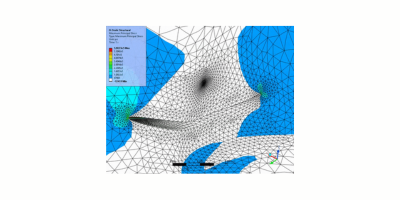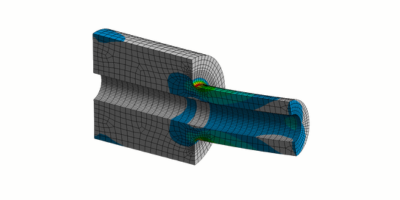Structural Analysis & Simulation Solutions
Solve Complex Structures Problems Fast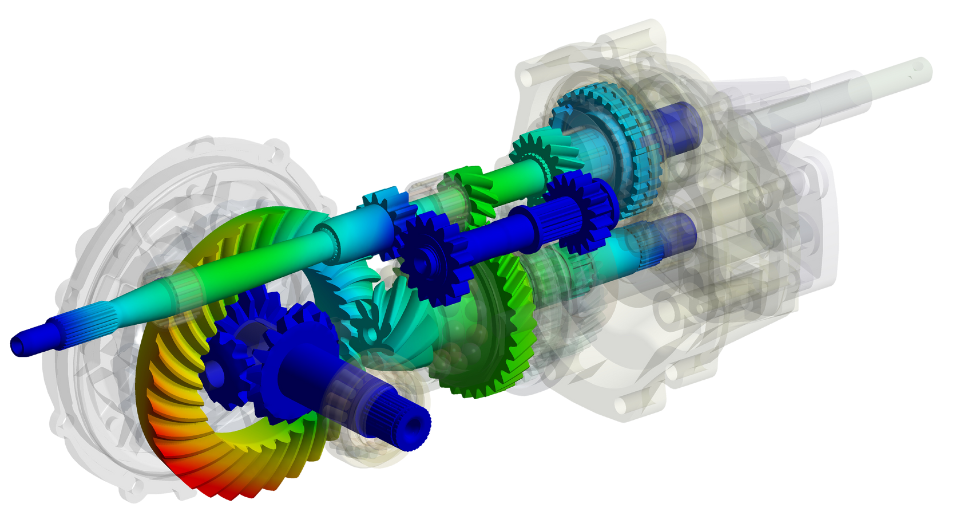
Whether you’re designing complex large-scale equipment such as oil rigs or heavy machinery or working on the micron-scale to develop innovative medical devices, you need a comprehensive simulation solution that won’t slow down your design process. You need the combination of Ansys structural analysis software and the in-depth knowledge of DRD Technology experts.
With Ansys Mechanical, Ansys’ comprehensive structural analysis software, you’ll be armed with a complete range of analysis tools to execute finite element analyses (FEA), customize and automate solutions for your structural mechanics challenges, and perform topology optimization across a variety of materials. Plus, with three levels of Ansys Mechanical and a suite of comprehensive targeted add-on tools available, and the ability to connect other physics, we will work with you to be sure you get the exact simulation capabilities you need without paying for a bunch you don’t.
Start using the most comprehensive set of structural analysis tools available today to reduce the number of design cycles required, lower design costs, and get to market faster.
Targeted Tools to Solve All Your Structural Challenges

Impact Simulation

Motion

Fatigue Life Prediction

Additive Manufacturing
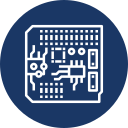
PCB Reliability
More simulation capabilities, less execution time
Ansys High-Performance Computing Solutions
As product sophistication increases, your simulation needs evolve. To maximize productivity, you need high-fidelity models that incorporate multiple physics across entire systems. This requires more computing power coupled with software that can truly leverage your hardware investment. With Ansys High-Performance Computing (HPC) solutions, you can select the level of computing power you need to support your parallel processing, distributed solving, parametric analysis, or multiphase model requirements so you can get to market faster with a more reliable product.
To accelerate your structural simulations, Ansys HPC solutions include a parallel direct sparse solver, a parallel PCG solver, and GPU acceleration for both shared and distributed memory parallel solvers.
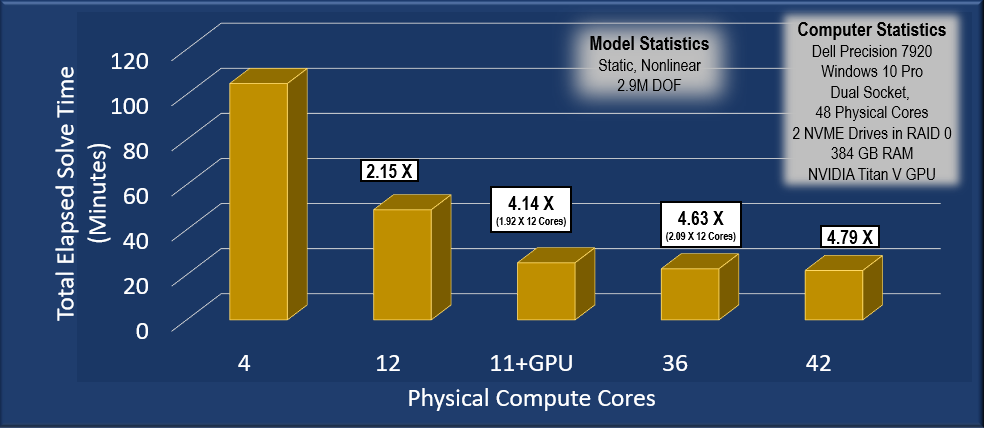
Application Examples
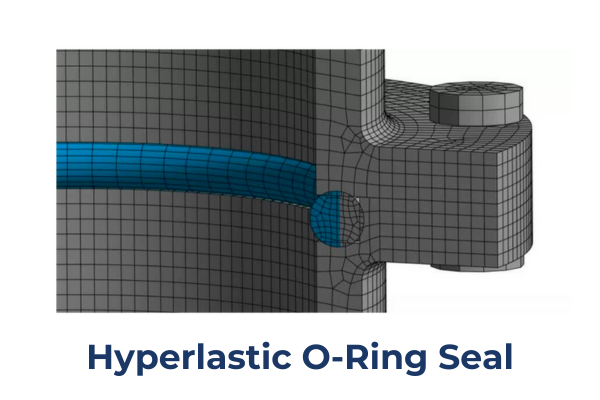
Bolted Flange Connection with Hyperelastic O-Ring
The simulation shows a cross section of a pipe flange with a hyperelastic seal that covers two steps. The objective of the simulation is to determine the seal pressure and if any fluid leakage past the seal barrier is possible. The first step resolves the initial interference between the flanges, the groove in the flange, and the circular O-ring. The second load step pressurizes the pipe and pushes the seal further into the groove.
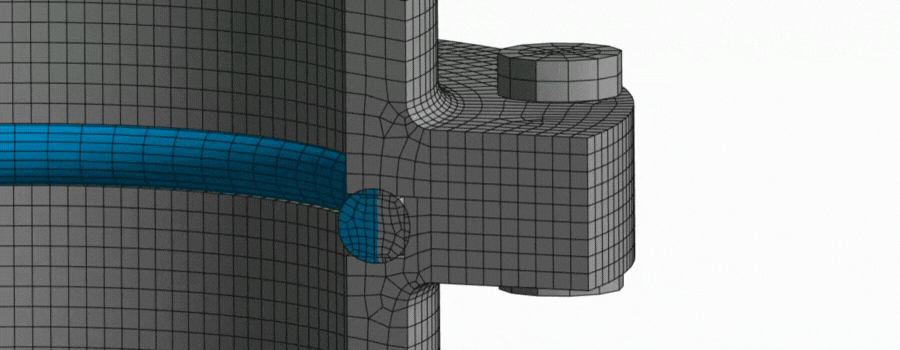
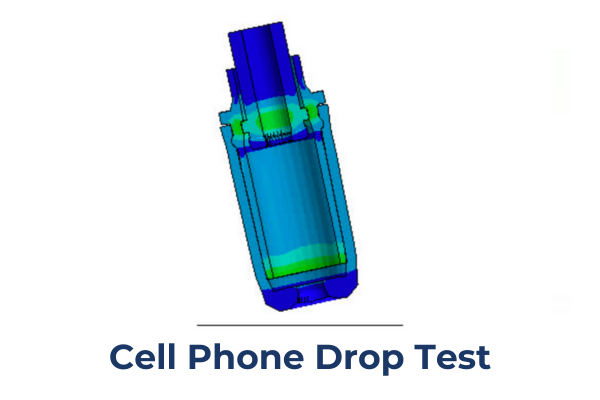
Cell Phone Drop Test on Protruded Antenna
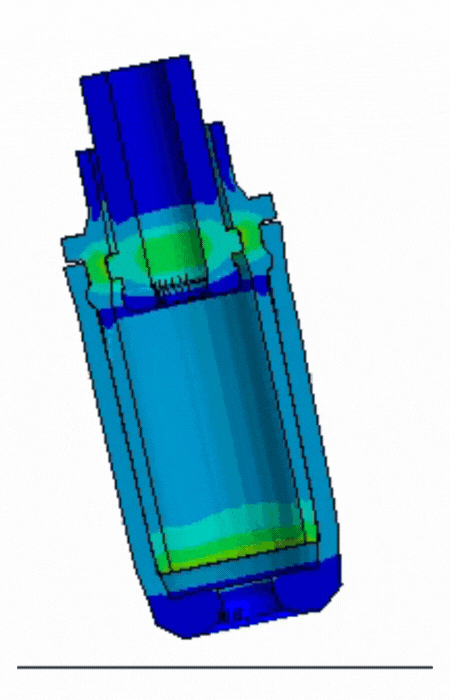 This simulation shows a cross-sectional view of the antenna that extends beyond an early model cell phone being dropped from a height of four feet to simulate falling from a pocket or hand. The phone lands at a 15-degree angle on the antenna itself to determine if breakage would occur. The hyperelastic cover on the antenna component bounces back to its original shape after dropping while the interior plastic inserts deform and have permanent damage. Instead of needing dozens of physical prototypes, a series of simulations at various drop heights and angles can be conducted quickly.
This simulation shows a cross-sectional view of the antenna that extends beyond an early model cell phone being dropped from a height of four feet to simulate falling from a pocket or hand. The phone lands at a 15-degree angle on the antenna itself to determine if breakage would occur. The hyperelastic cover on the antenna component bounces back to its original shape after dropping while the interior plastic inserts deform and have permanent damage. Instead of needing dozens of physical prototypes, a series of simulations at various drop heights and angles can be conducted quickly.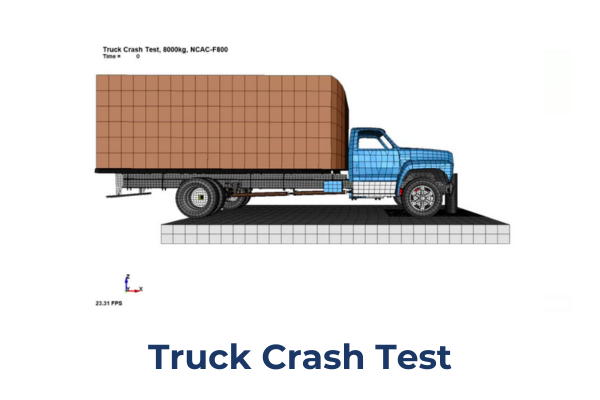
Truck and Building Barrier Crash Test
This animation shows a standard National Highway Traffic Safety Administration (NHTSA) truck crashing into a conceptual design of a traffic barrier. The bollard’s physical properties and dimensions are used to determine virtually if it can withstand the standard physical tests that must be passed to be offered in the market. A physical test must always be conducted, but the idea is that you only ruin a truck once, on a design that has been verified virtually already.
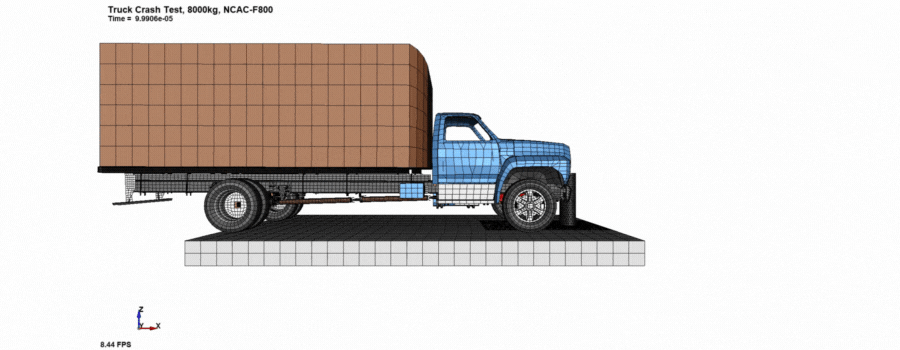
Design. Simulate. Succeed.
Comprehensive Structures Software Training
At DRD Technology, our goal is to arm you with the skills you need to succeed with your simulation tools. We offer many opportunities for you to get the training experience that best suits your needs, including introductory Ansys Mechanical courses for new users as well as classes that focus on advanced features for those looking to take their skills to the next level. We also have a variety of courses designed to help you gain proficiency in many of the key add-on tools available in the Ansys structural simulation software suite.
Intro to Ansys Mechanical
Ansys Mechanical Nonlinear Structural Simulation
Ansys Mechanical Structural Dynamics
Ansys Mechanical Thermal Simulation
Ansys Mechanical Fracture Mechanics
Additional Resources
Enhance your structural simulation skills with our in-depth structures resources.

